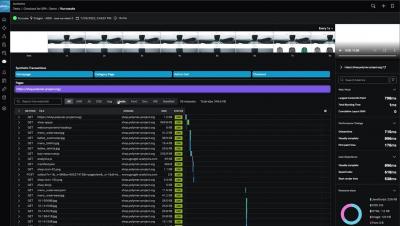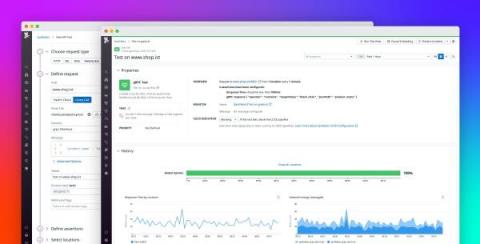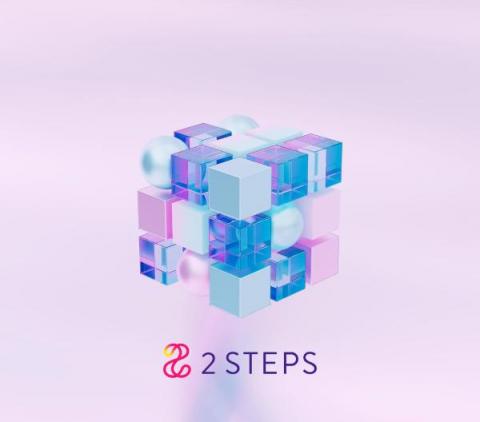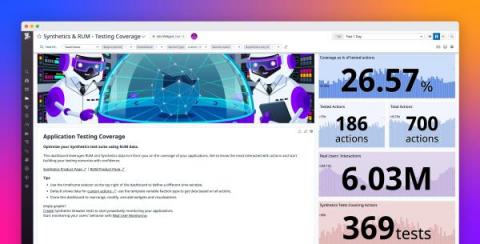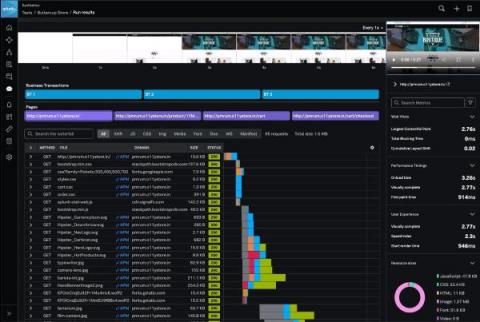Operations | Monitoring | ITSM | DevOps | Cloud
Synthetics
Synthetic Monitoring for Windows, VDI & 2FA | 2 Steps
Splunk Synthetic Monitoring in Splunk Observability Cloud - Product Demo
Monitor your gRPC APIs with Datadog Synthetic Monitoring
gRPC is an open-source Remote Procedure Call (RPC) framework developed by Google and released in 2016. Although gRPC is still relatively new, large organizations are adopting it in increasing numbers to build APIs that connect complex microservice meshes that use disparate languages and frameworks. gRPC-based APIs can perform requests up to seven times faster than REST APIs and enable customers to easily implement SSL authentication, load balancing, and tracing via plug-in libraries.
Modern Observability and Digital Transformation
For most businesses, effective digital transformation is a key strategic objective, and as computing infrastructure grows in complexity, end-to-end observability has never been more important to this cause. However, the amount of data and dynamic technologies required to keep up with demand only continues to increase, and current tools are not equipped to handle it- with any discrepancies resulting in rising costs and reduced competitiveness.
Track your test coverage with Datadog RUM and Synthetic Monitoring
The modern standards of the web demand that user-facing applications be highly usable and satisfying. When deploying frontends, it’s important to implement a comprehensive testing strategy to ensure your customers are getting the best possible user experience. It can be difficult, however, to gauge the effectiveness of your test suite. For instance, all of your tests may be passing, but they might not cover a specific UI element that is crucial to a critical workflow.
5 Tips to Optimize Your Synthetic Monitoring
Synthetic monitoring is a useful tool that ensures your site is both UP and performs well, and configuration matters. Optimized synthetic monitoring looks for necessary elements along a focused goal pathway. A poorly configured check can add precious seconds to a Transaction and trigger unwanted Global Timeout errors. Today, we’re going to do a deep dive on tips and tricks used by Uptime.com Support and Development teams to improve and optimize the Transaction checks we use everyday.
Synthetic web tests - Moving up the stack
Simulate business critical user journeys with synthetic monitoring
Today’s user journey is much more complicated than ever and has completely changed the perception of how business critical functions are managed and maintained to support customer expectations for flawless digital experiences. The journey that users take when visiting your website will vary depending on your business model. An e-commerce site, for example, might involve user interactions that go from product selection to shopping cart to payment transaction.
Announcing the General Availability of Synthetic Monitoring Within Splunk Observability
Today we’re proud to announce the general availability of best-in-class Synthetic Monitoring capabilities within Splunk Observability Cloud. Now, IT and engineering teams can proactively measure, monitor and troubleshoot their critical user flows, APIs and services, connected across Splunk Observability.




